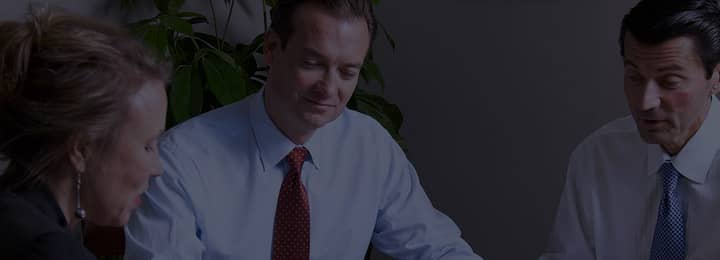If you or a loved one has been injured in a T-Bone accident in Charleston, West Virginia, Tiano O’ Dell can ensure you recover the compensation you deserve.
What is a T-Bone Accident?
T-bone accidents, also known as side-impact collisions, occur when the front of one vehicle strikes the side of another, forming a “T” shape at the point of impact. These accidents are particularly dangerous due to the limited protection provided by the sides of most vehicles compared to the front and rear.
They typically occur at intersections and are often the result of one vehicle failing to yield the right of way to another. Due to the dynamics of the impact, T-bone collisions can cause significant vehicle damage and severe injuries, making them among the more dangerous types of road accidents.
Causes of T-Bone Accidents
The primary cause of T-bone accidents is a failure to yield the right of way. This can occur for several reasons:
- Ignoring Traffic Signals: A driver runs a red light or stop sign, entering the intersection unlawfully.
- Distracted Driving: A driver distracted by their phone, radio, or other elements may not notice traffic signals or other vehicles.
- Impaired Driving: Alcohol or drugs can impair a driver’s judgment and reaction times, leading to poor decision-making at intersections.
- Speeding: Excessive speed makes it harder to stop or control the vehicle, increasing the risk of entering an intersection at the wrong time.
Common T-Bone Accident Injuries
Injuries from T-bone collisions can be severe due to the side of the vehicle having less space to absorb the impact and protect passengers. Common injuries include:
- Head and Brain Injuries: Including concussions and traumatic brain injuries from hitting side windows or being shaken violently.
- Neck and Spine Injuries: Whiplash or more severe spinal injuries due to the sudden side impact.
- Broken Bones and Lacerations: Passengers closest to the impact site are at risk for fractures and severe cuts from shattered glass.
- Internal Injuries: The force of impact can cause internal bleeding and organ damage.
Establishing Fault in West Virginia
West Virginia follows a comparative fault rule, meaning that each party involved in an accident can be held financially responsible according to their percentage of fault. Establishing fault in a T-bone accident typically requires demonstrating that one driver violated traffic laws or was negligent. Evidence such as traffic camera footage, eyewitness testimonies, and police accident reports play crucial roles in determining fault.
Available Compensation
Victims of T-bone accidents in West Virginia may be eligible for various types of compensation, including:
- Medical Expenses: Coverage for current and future medical treatment related to the accident.
- Lost Wages: Compensation for lost income during recovery.
- Pain and Suffering: Non-economic damages for physical pain and emotional distress.
- Vehicle Damage: Costs for repairing or replacing the damaged vehicle and any other property affected by the collision.
Punitive damages may be awarded in cases that involve egregious behavior.
West Virginia’s Statute of Limitations
In West Virginia, the statute of limitations for filing a lawsuit for personal injury or property damage resulting from a car accident is two years from the date of the accident. Failing to file within this period can result in losing the right to sue for compensation. Get legal assistance from a Charleston, WV car accident lawyer and call (304) 720-6700 for a free case consultation.


